The changing face of consumer electronics
Will 4K TV succeed? Is streaming going to replace disc-based media? Will wireless multiroom become the new hi-fi? We discussed these and other questions with market research company Gfk during its annual presentation on the state of the consumer electronics market.
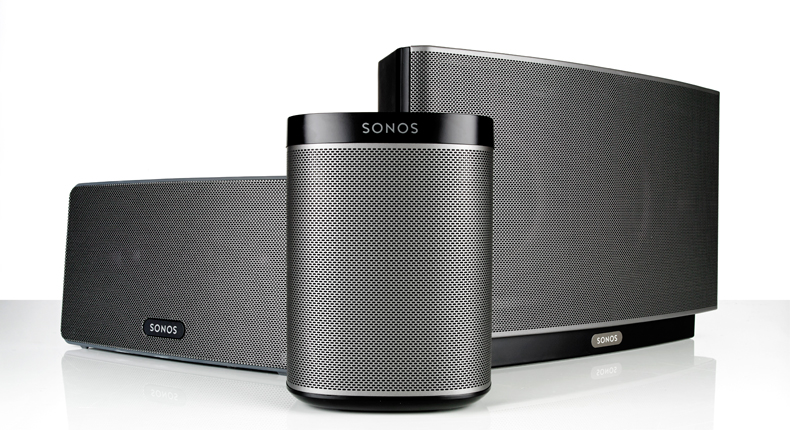
First, the good news: the recession is officially over. The total value of the consumer electronics market rose to £5.16bn in the year from October 2013 to 2014, up 11% from the previous year. And consumer confidence (at least in the UK and Germany) has bounced back since the economic collapse of 2008.
Let's put that into some kind of perspective: long-term decline in some sectors continues, with the overall size of the audio market falling from £1.65bn in 2009 to £1.11bn in 2013, a drop of more than £0.5bn. But look a little deeper and it's the huge growth in sales of headphones, soundbars/soundbases, wireless speakers and multiroom systems that has spurred much of the expansion in the CE market in the last 12 months, partially compensating for the decline in more traditional hi-fi and AV products.
Sales of flatscreen TVs have been responsible for a huge slice of the growth in consumer electronics in recent years, with a whopping 66 million flatscreen TVs sold in the UK since 2006 (that's at least two per household). The total value of the flatscreen TV market stands at £2.4bn for the year October 2013-2014, up from £2.3bn the previous year.
That said, growth this September levelled off at 0%, indicating that sales could be stalling as the market reaches saturation point. Endless discounting by retailers, leading to long-term price erosion, may be great for consumers, but it hasn't made life any easier for the manufacturers, many of whom have been struggling to stem large losses on their TV operations.
Still, there are some bright spots: large TVs (42in+) account for the biggest growth area as buyers trade up from smaller sets. Around 11% of UK households now have a set of 50in or above, with 2.9 million units sold. The arrival of 4K could give buyers another reason to upgrade (although sales remain small), and smart (internet) TVs continue to increase their market share.
From a technical perspective plasma has breathed its last, with all the main TV manufacturers ending production of plasma screens. LCD/LED now rules the roost, with OLED still in its infancy.
MORE: The state of the consumer electronics market (2013)
Get the What Hi-Fi? Newsletter
The latest hi-fi, home cinema and tech news, reviews, buying advice and deals, direct to your inbox.
MORE: Samsung to end plasma production
MORE: LG to suspend plasma TV production
MORE: Panasonic officially ends plasma TV production
Smart TV is on the rise
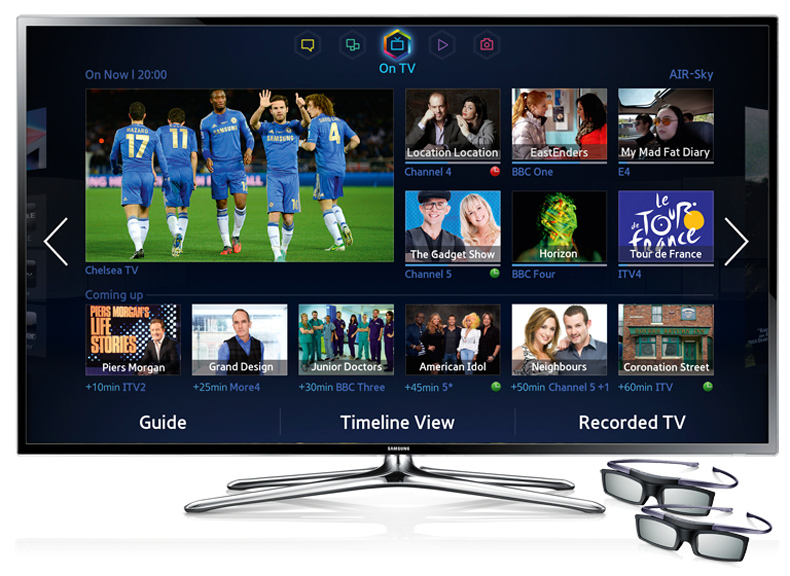
Smart (internet) TV continues to gain a foothold with 24% of households now owning a set with some form of smart capability (that's 6.3 million tellies), although whether they actually use it or not is another matter. 3D is good as dead in the water, even if many bigger sets have it fitted as standard.
As for 4K, it's still early days. Approximately 74,000 4K TVs have been sold in the UK to date, and Gfk is confident this figure will reach 100,000 by the year's end. It expects that number to double in 2015, helped by the fact that the average price of a 4K telly is now £1600, well down from where it was a year ago.
MORE: Best 4K TVs to buy in 2014
Soundbars decimate the systems market
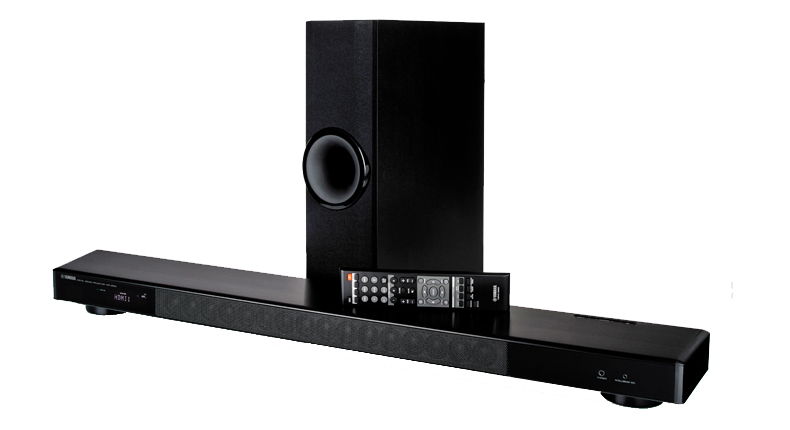
The other key trend in the large-screen TV market is the rapid growth in sales of soundbars, many of them bundled with the screen as part of a special sales promotion. Sales of soundbars totalled 700,000 units in the last year, although some of those may have been given away for free. To date, 5% of UK households have a soundbar (a total of 1.3 million), so there's potentially plenty of growth to come.
According to Gfk, 30% of TVs of 40in and above are now sold with a soundbar. "The UK is the biggest adopter of soundbars in Europe," says the company, although it admits this may partially be due to those promo bundles. If you do buy one, the average price of a soundbar now stands at £170. In terms of sales, soundbars accounted for £138m in the year to October, up 55% from £89m the year before.
But the biggest impact of the success of soundbars (and increasingly soundbases, which now account for 14% of that market) is the effect they are having on other products such as all-in-one music and movie systems. And it ain't pretty.
Sales of all-in-one audio systems dropped 20% in 2013-2014 to under 500,000 units, and during the same period sales of one-box 2.1/5.1 home cinema systems collapsed to just 124,000 units. Ouch. More worryingly for manufacturers and retailers, the average price of an all-in-one music system fell to just £95. Great for bargain hunters though.
But there is a glimmer of hope. 'Connected' audio systems which hook up to the internet and wireless devices to enable music streaming saw sales growth of 83% and a total market value of £30m, with the average price being £237.
MORE: Best soundbars to buy in 2014
Bluetooth dominates, AirPlay loses market share
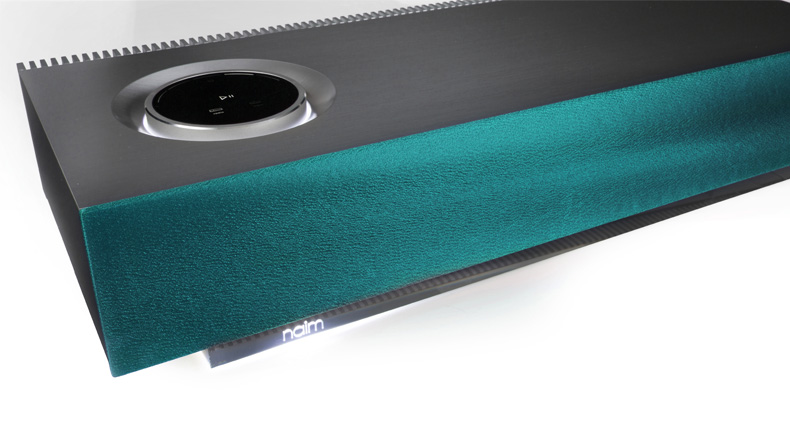
Bluetooth has become by far and away the most popular form of wireless connectivity, with Apple's AirPlay having just 5% market share compared to 95% for Bluetooth and other options. That means AirPlay's market share has declined a further 50%.
Nonetheless, the growth in the wireless speaker market has been explosive. Gfk says 1.3 million wireless speakers were sold in 2013 alone, and there are now at least 500 different models on the market. That means there are 60 different models competing for each slot on retailers' shelves. Consider that this sector barely existed a few years ago and you can understand why every hi-fi manufacturer is rushing to join the fray.
It's not just standalone wireless speakers that have enjoyed a consumer boom. Wireless multiroom, driven by the seemingly unstoppable success of Sonos, is another key growth area. Whether newcomers from the likes of Pure, Samsung, Bluesound, Denon et al will make a dent in Sonos's market share remains to be seen. Already 5% of UK households have a wireless audio system installed, which accounts for 1.4 million units.
MORE: Best Bluetooth speakers to buy in 2014
Hi-fi and AV separates continue to decline
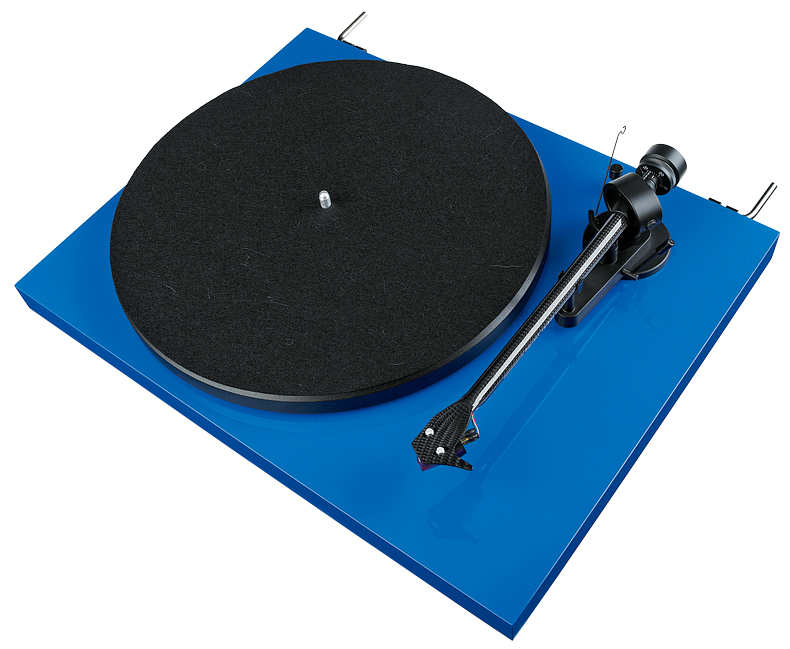
So, what about the hi-fi and home cinema separates market, I hear you ask? Well here, perhaps not surprisingly, the news is less good. The total sales value of the audio separates market has declined from £193m in 2009 to £108m in 2013-14. That's a drop of of £85m.
Break that down by market share and speakers have dropped from 48% to 43%, AV receivers account for 22%, stereo amps 13% and CD players and turntables are neck and neck at 9% and 8% respectively. The increasing sales of turntables (albeit from a low base) remains one bright spot.
The news doesn't get much better when it comes to home cinema separates. Sales of DVD and Blu-ray players have begun to stagnate as consumers move away from disc-based media towards downloading and streaming. There are 30 million DVD players installed in UK homes, and around 20% of UK households own a Blu-ray player (equating to five million units), although that latter figure excludes Sony's PlayStation.
Sales of standalone Blu-ray players dropped from 972,000 in 2012-2013 to 890,000 in 2013-2014. And sales of BD players capable of upscaling to 4K were just 50,000. Prices continued to tumble, with 60% of DVD and Blu-ray player sales falling in the sub-£50 bracket.
Meanwhile set-top boxes have become increasingly redundant as digital switchover is now complete, and new TVs have Freeview built in. Even the PVR (Personal Video Recorder) market is declining rapidly as catch-up TV services such as BBC iPlayer become the norm.
MORE: See all our hi-fi Best Buys 2014
Smartphones replace portable media players
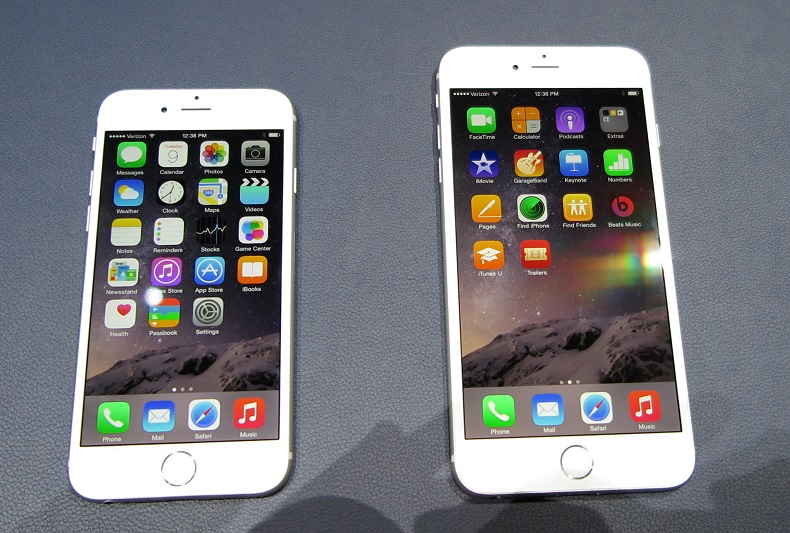
Not surprisingly, the market for Portable Music Players has declined due to the rapid rise of smartphones and tablets. While the PMP market was worth £300m in 2012, it dropped to £190m in 2013 and is down to £150m this year.
But there are also signs that sales of smartphones and tablets may have peaked, with 18.7 million smartphones sold in 2013 and seven million tablets. Gfk believes this could partially be down to users taking out longer contracts with their mobile supplier and upgrading their handset less frequently.
Either way, what's not in doubt is that the popularity of the separate iPod/music player will decline as increasingly we use our smartphones for all our portable media needs. Sales fell by nearly 40% year-on-year from £246m to £149m.
What the success of smartphones and tablets has done is drive shoppers' appetite for new headphones, particularly as a fashion item, and that shows little sign of abating. Total sales rose from £205m to £211m (+3%) between 2012-13 and 2013-14.
Gfk predicts that this Christmas we'll see an upsurge in demand for in-ear/on-ear cans that are compatible with Apple and Android mobiles, and last year the growth in sales value of Bluetooth wireless headsets was more than 50%.

So where do we shop?
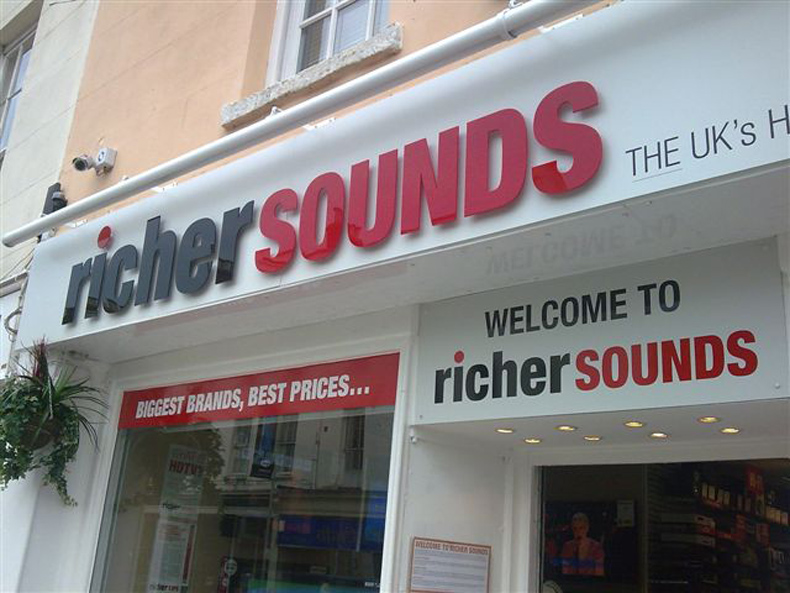
Having looked at what we're buying, Gfk has also researched where we are shopping. Around 20% of all consumer electronics products are now bought online.
As for bricks and mortar stores, independent retailers have seen their market share halve from 21.6% in 2008 to 10.6% in the last year. So-called multiples (which includes the likes of Richer Sounds and Sevenoaks) now account for 38.5%, mass merchandisers such as Tesco, Argos and John Lewis 31%, supermarkets 11.4% and mail order 8.3%
Looking to the future
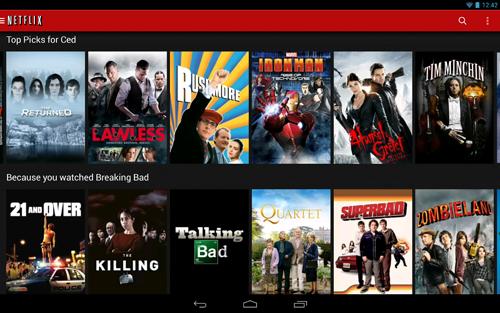
There's no doubt the CE market is in a state of flux. Technical innovation is driving rapid changes in how we consume our media, whether it's listening to music on the go from the cloud, streaming a film on our living room TV via Netflix or taking a portable Bluetooth speaker on our holidays. For us, picture and sound quality will always remain paramount, but convenience is increasingly the key for today's 21st century consumer.
It's hard to believe Apple unveiled the first iPad only five years ago, inventing a whole new product category no-one had ever thought of before. Who knows what the next five years will bring?
Andy is Global Brand Director of What Hi-Fi? and has been a technology journalist for 30 years. During that time he has covered everything from VHS and Betamax, MiniDisc and DCC to CDi, Laserdisc and 3D TV, and any number of other formats that have come and gone. He loves nothing better than a good old format war. Andy edited several hi-fi and home cinema magazines before relaunching whathifi.com in 2008 and helping turn it into the global success it is today. When not listening to music or watching TV, he spends far too much of his time reading about cars he can't afford to buy.

